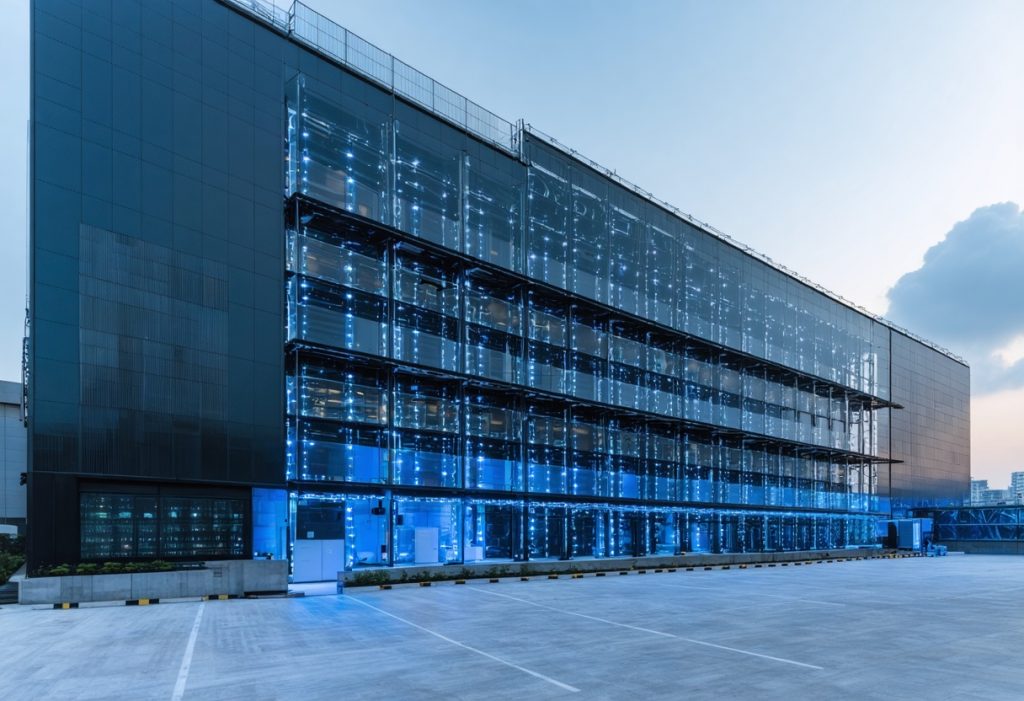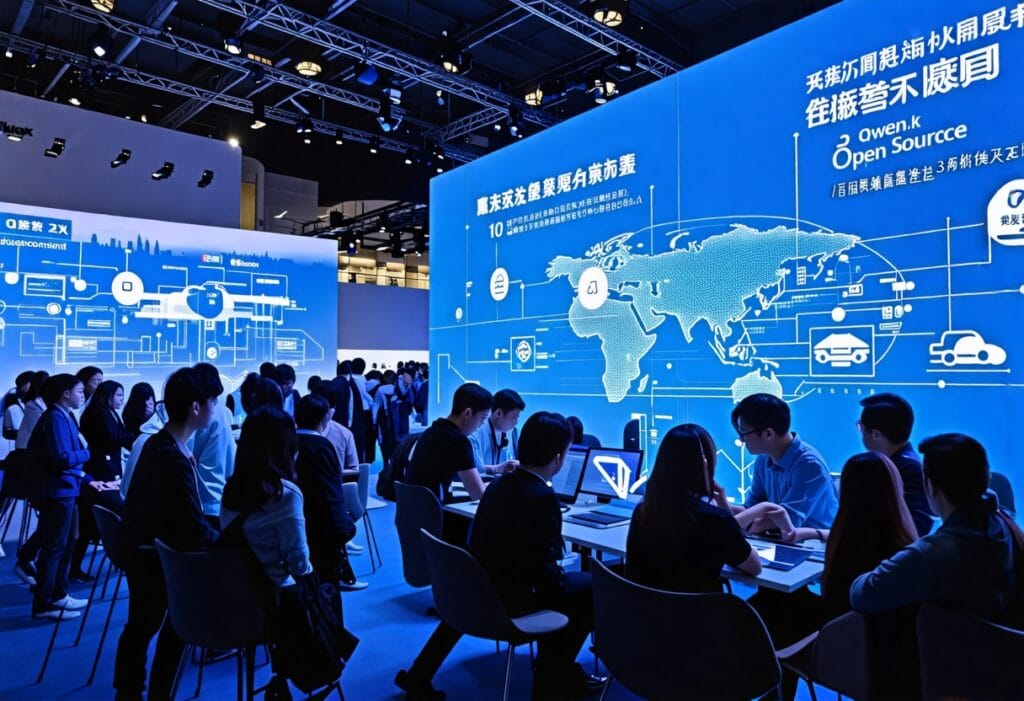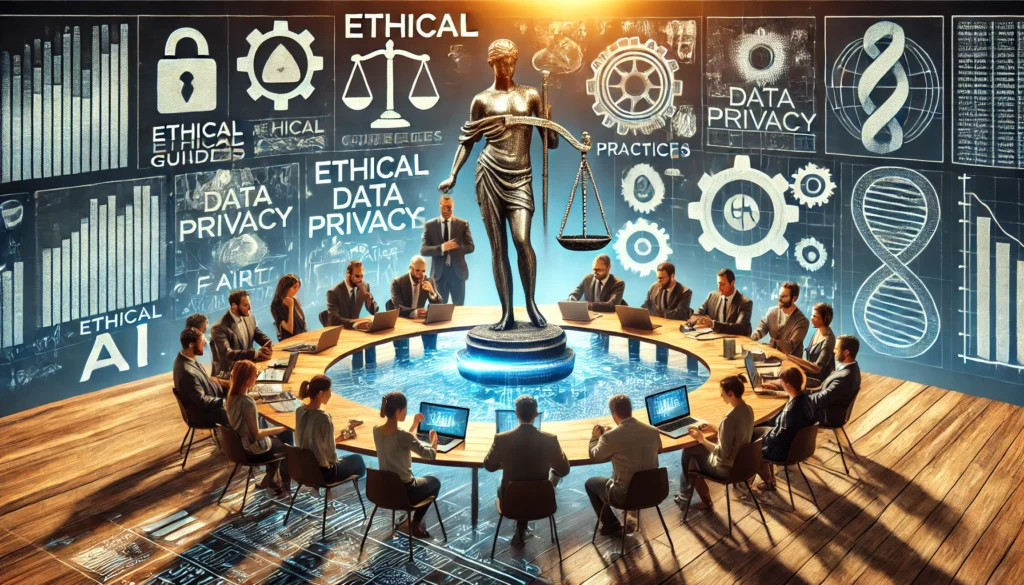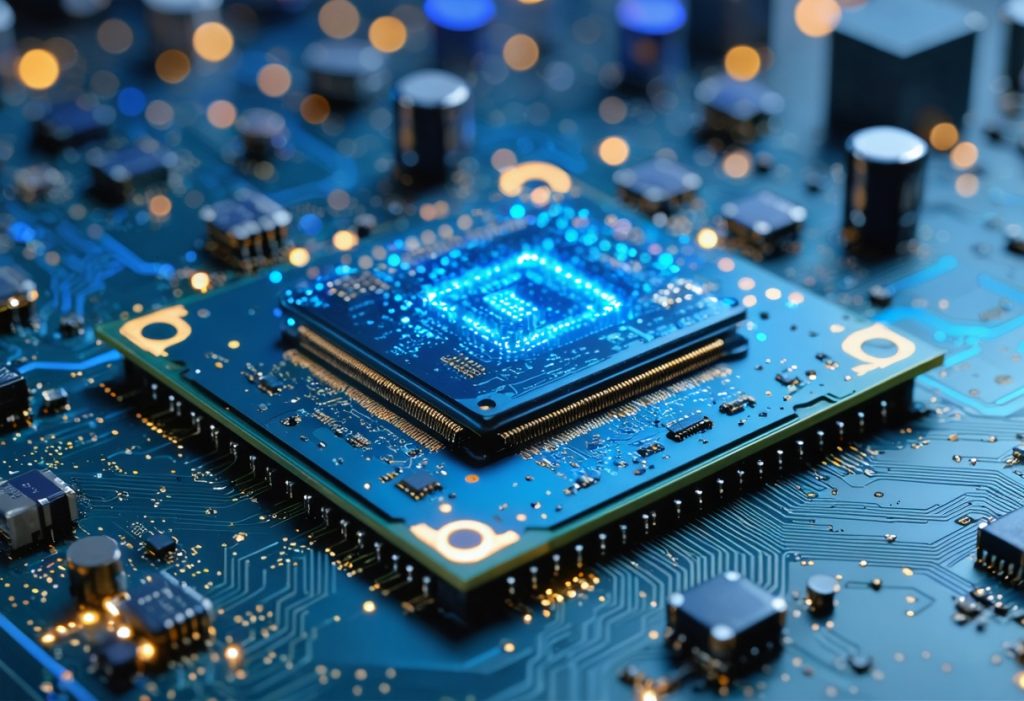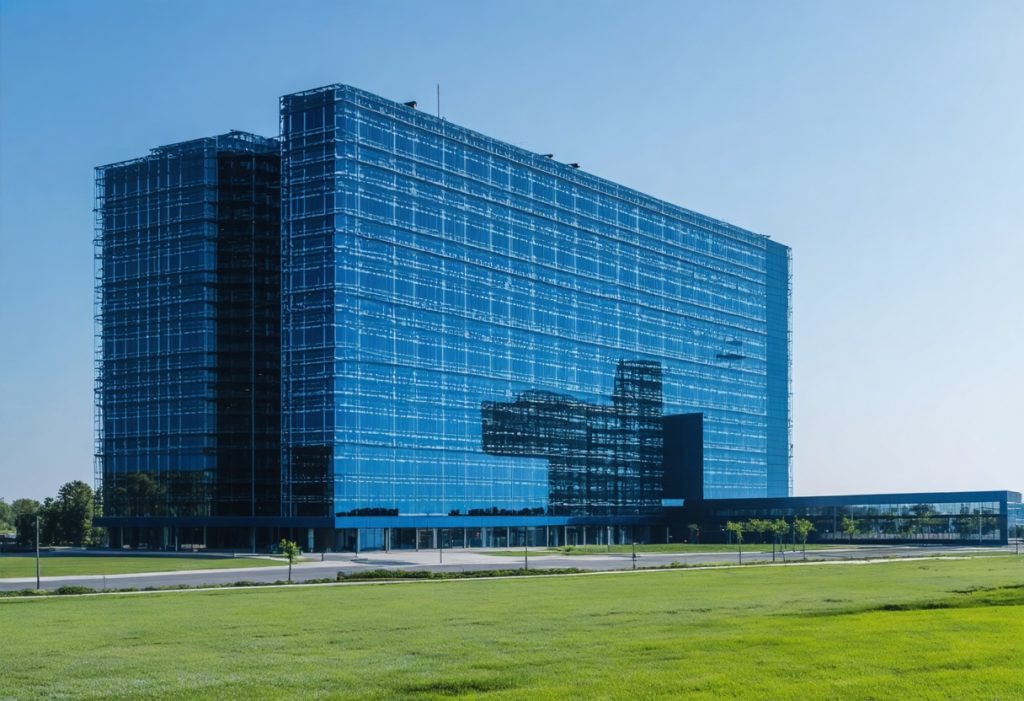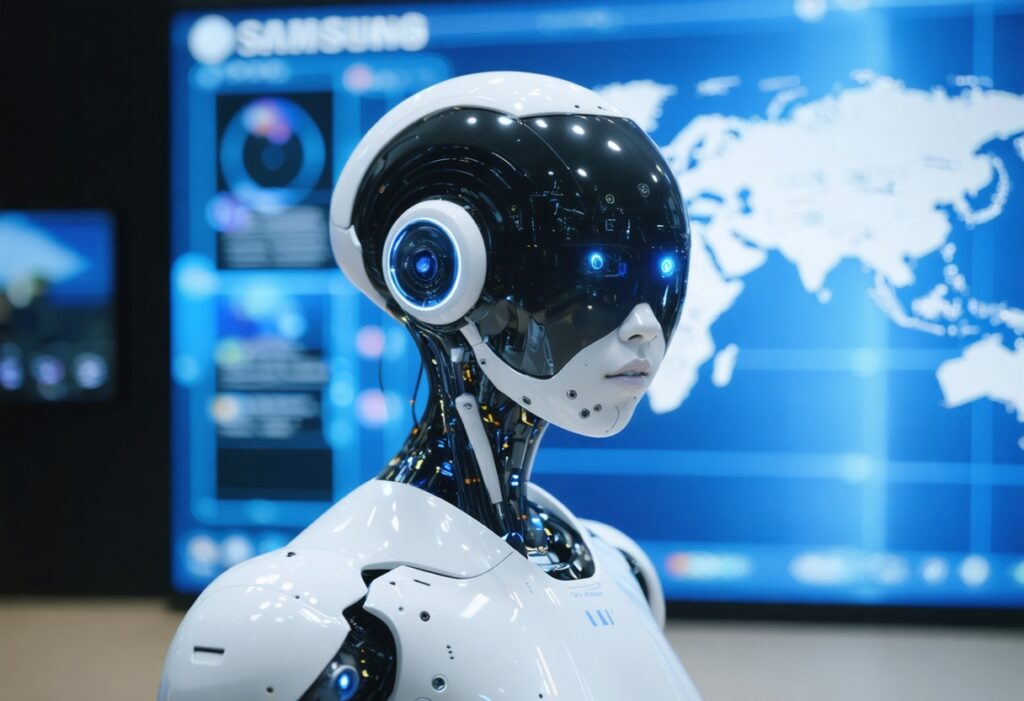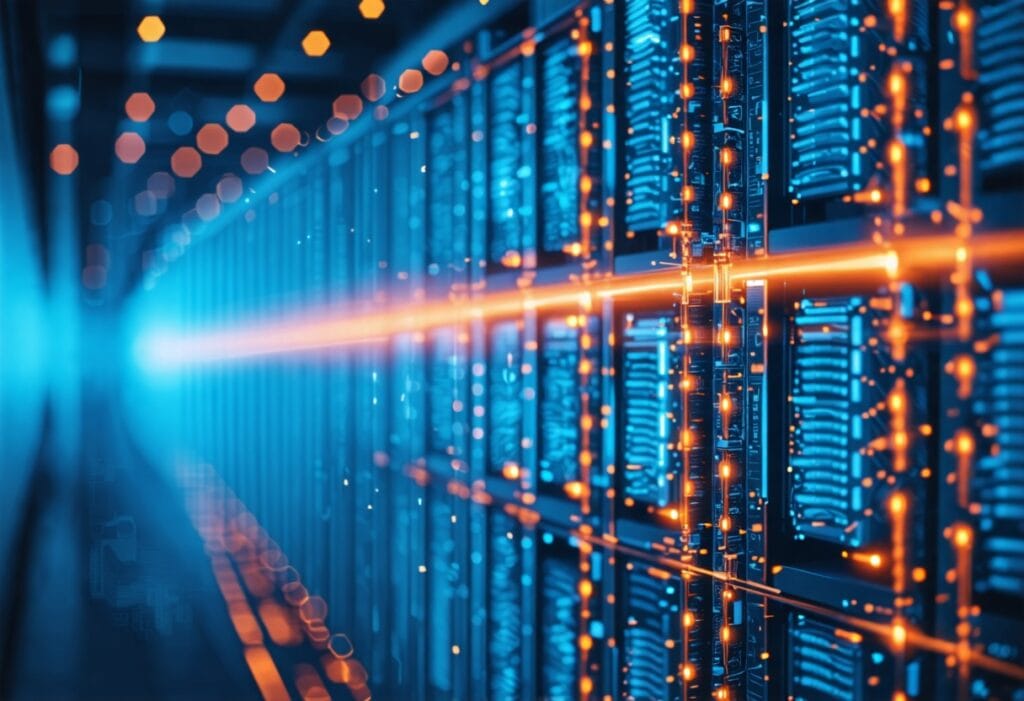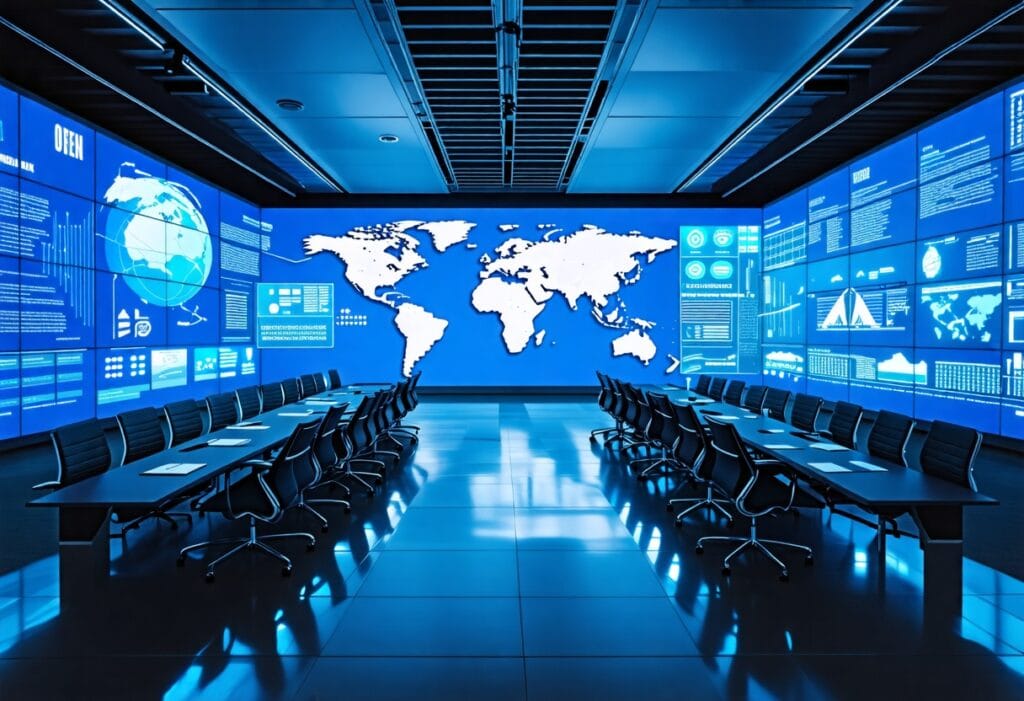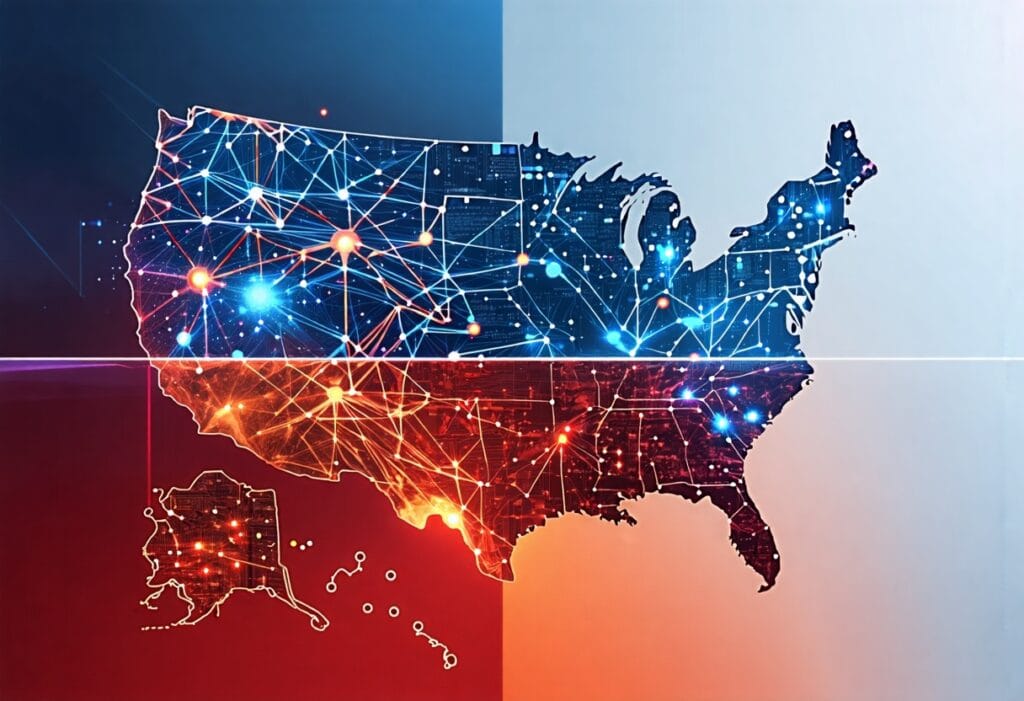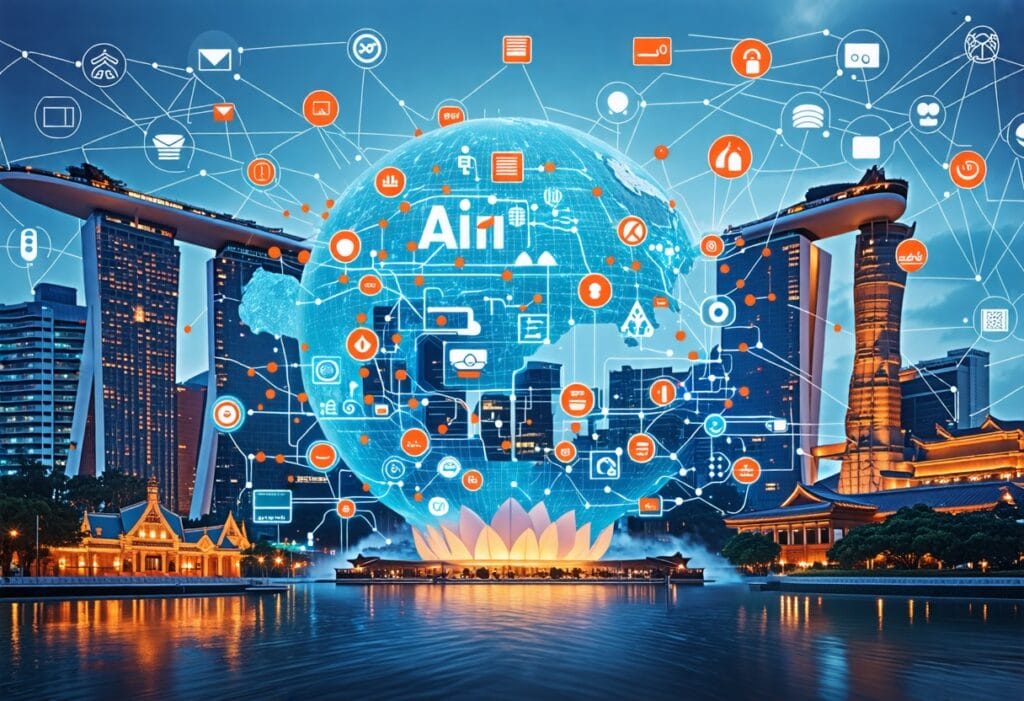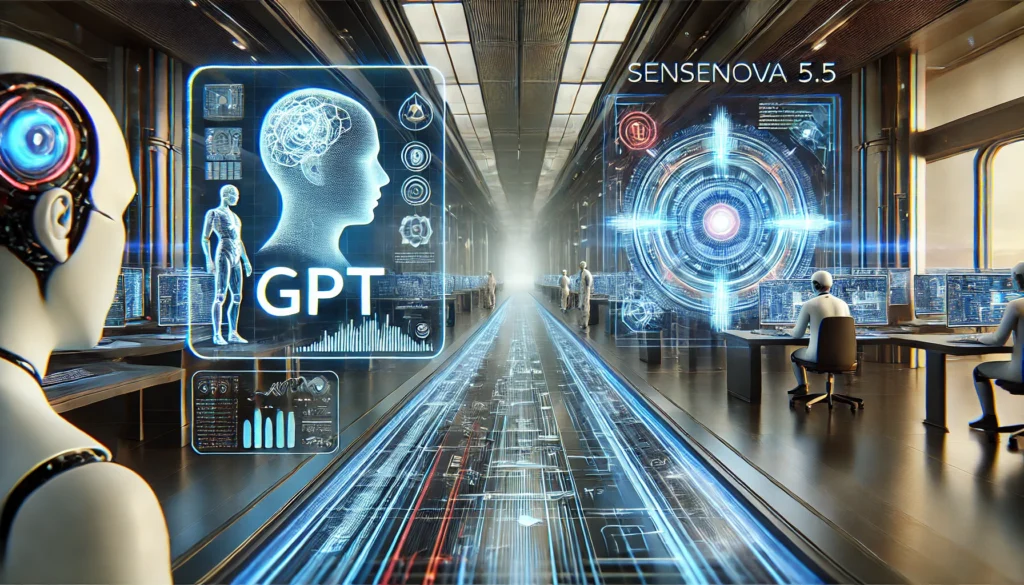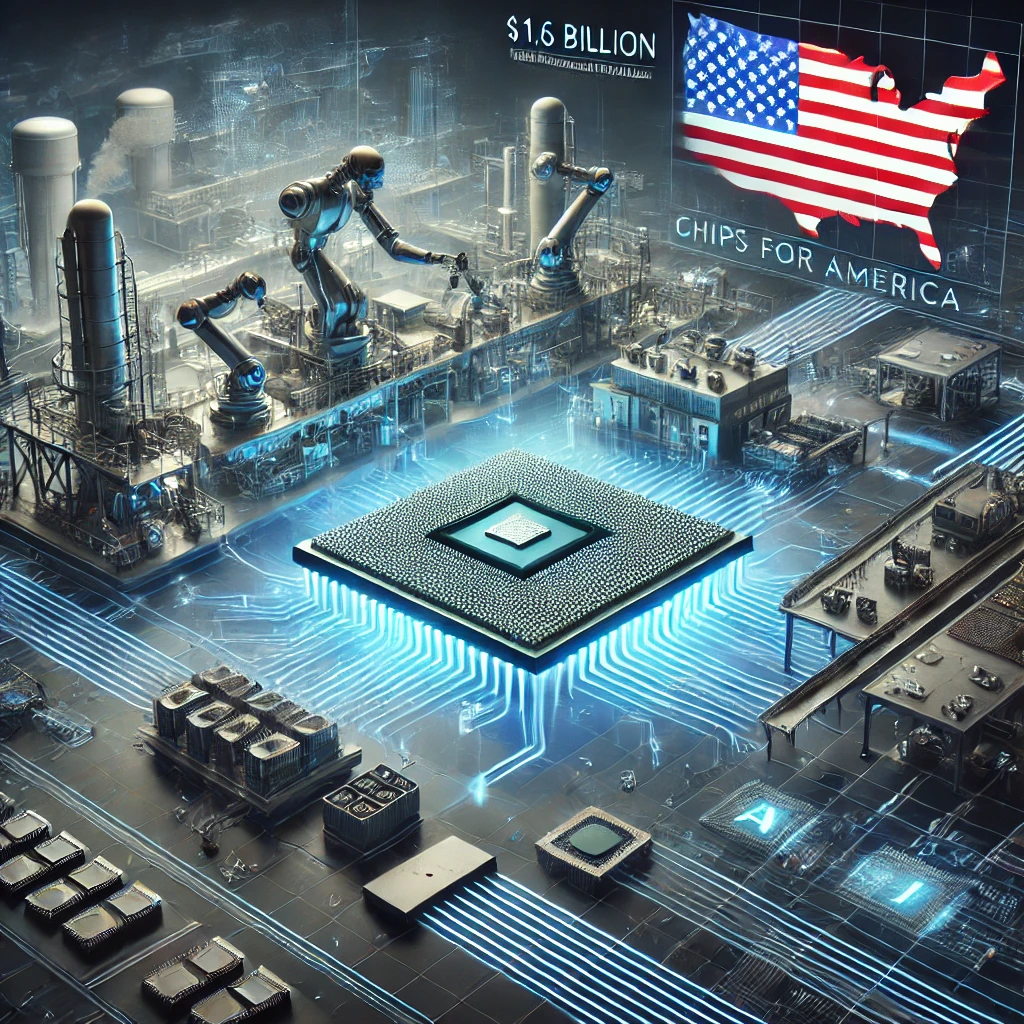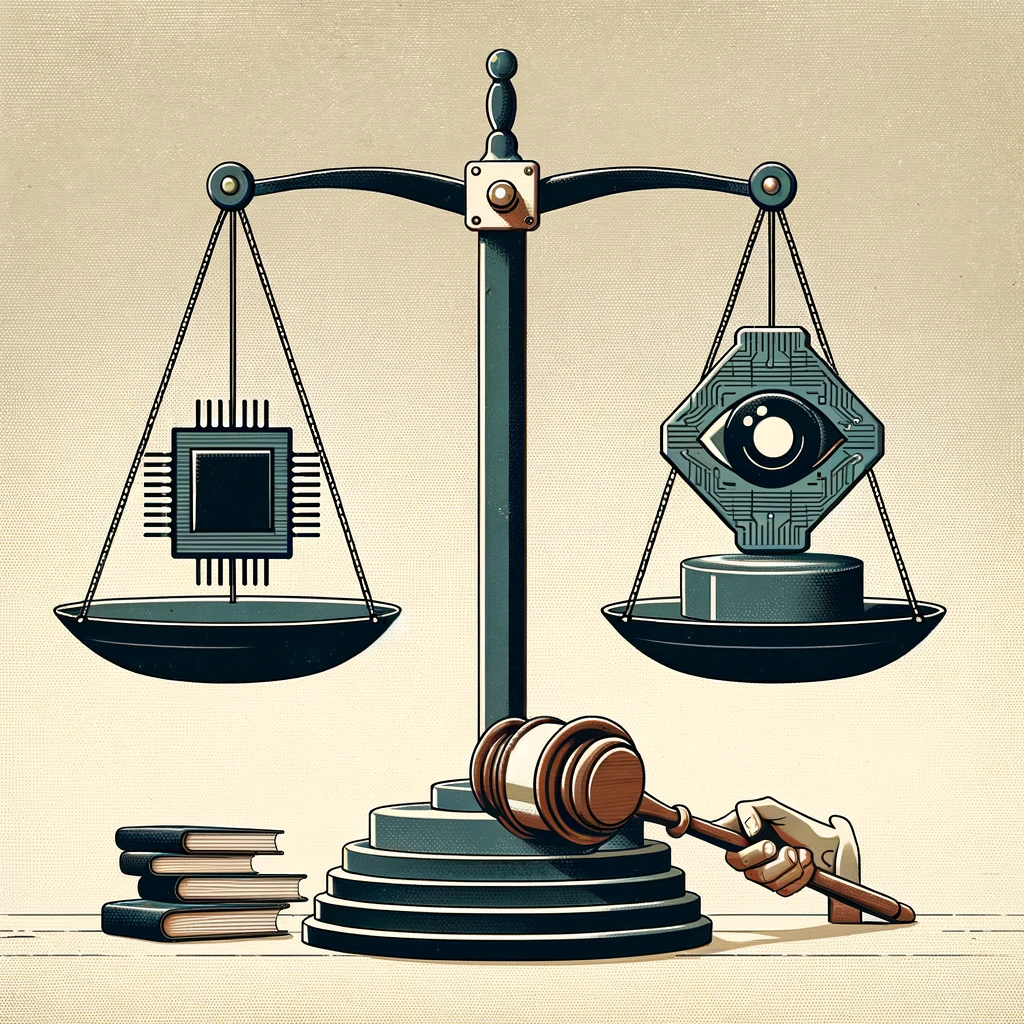US-China Tech War: New AI Chips Export Controls Impact and Implications

US-China Tech War Escalates with New AI Chips Export Controls
The recent announcement of stringent artificial intelligence (AI) chips export controls by the Biden administration marks a significant escalation in the ongoing US-China tech war. This pivotal move not only redefines the global tech landscape but also strategically positions the United States in a field where AI is increasingly central to national security and economic prosperity. As tensions rise, the new restrictions create a clear divide between tier-one allies and the rest of the world, particularly targeting China and its rapidly advancing AI capabilities. With global tech giants like Nvidia feeling immediate financial repercussions, the implications of these export controls extend far beyond mere economics, threatening to reshape the future of AI development on a global scale. Dive deeper into the unfolding consequences of this pivotal policy shift and explore what it means for international relations and the future of artificial intelligence.
Understanding the AI Chips Export Controls
The recent export controls imposed on AI chips represent a seismic shift in technological policy. The Biden administration’s decision stems from a growing recognition of how critical AI has become to national security and economic strength. Behind these controls lies a complex web of factors orchestrating the urgency of the situation. By categorizing nations based on their alignment with U.S. security strategies, the export regulations reveal an intention to maintain technological superiority against global adversaries.
The Structure of Export Controls: Tiers Explained
The new export controls delineate three distinct tiers in the global technology landscape, drawing a sharp line between tier-one allies and other nations. Tier-one countries—such as Japan, the UK, and the Netherlands—enjoy unhindered access to advanced AI chips. This privileged status suggests that these nations not only align with U.S. foreign policy but also possess frameworks that can safeguard sensitive technology. The implications for tier-two and tier-three countries are stark: stricter limits on AI chip orders enforce a new hierarchy where access to cutting-edge technology becomes increasingly scarce.
The Immediate Economic Impact on Tech Giants
Global tech leaders are reeling from the abrupt enforcement of these export controls. For companies like Nvidia, which heavily depends on international markets for revenue, the markets have reacted negatively, with stock prices reflecting investor concerns. There is a palpable fear that these restrictions may inhibit innovation and growth across the entire AI sector, which is vital for advancements in multiple industries—from healthcare to manufacturing. The challenge ahead includes recalibrating business strategies to adapt to the constraints while attempting to sustain growth in an increasingly fractured market.
Strategic Implications for the US and China
China emerges as the clear focal point of the new export controls. The measures are designed not merely to limit access to advanced AI technology but also to impede China’s efforts to become a global leader in artificial intelligence. By constraining their ability to acquire and leverage advanced AI chips, the U.S. administration aims to hinder technological advancements that could pose threats, particularly in areas like military applications and cyber warfare. The Chinese government’s swift criticism and promises to defend its interests underscore the seriousness with which it views this geopolitical maneuvering.
Responses from Global Allies and Partners
The European Union and other U.S. allies have raised concerns regarding the implications of these export controls, particularly for the continuity of technological collaboration. Officials from the EU have emphasized the need for ongoing access to advanced technologies to maintain secure and competitive positions in the global marketplace. The dialogue underscores the patchwork of relationships forming in response to the U.S. policy, which may lead to reconfigurations in partnerships as nations assess their standing in this new geopolitical landscape.
The Role of National Security in AI Development
National security sits at the heart of these export controls. The U.S. government views AI not just as a tool for innovation but as a critical component of military strategy and infrastructure. As the capabilities of AI technologies grow exponentially, there are legitimate concerns from U.S. officials regarding how adversarial nations could exploit advanced AI. This vigilance shapes policies that seek to impose rigid boundaries around access to the U.S.’s technological advancements, reiterating the importance of keeping such innovations out of potentially hostile hands.
Future Implications for the Global AI Landscape
The long-term consequences of these export control measures are uncertain but noteworthy. As technological standards emerge and a new global hierarchy takes shape, nations will likely experience varied access to AI advancements. Countries aligned with the U.S. may accelerate their technological growth, potentially enhancing their geopolitical leverage. Conversely, nations relegated to lower tiers may either intensify their own technological developments, seeking independence from U.S. technology, or build alternative alliances with non-U.S. technological powers, reshaping the competitive landscape for AI on a global scale.
Challenges in Compliance for U.S. Companies
With the new restrictions enforcing strict limitations on AI operations abroad, U.S. companies are presented with complex compliance challenges. Cloud service providers and AI developers must navigate a labyrinth of regulations that dictate where and how they can deploy their technological capabilities. Achieving balance will be essential to maintain competitiveness in both domestic and international markets while adhering to the new standards, making for an intricate operational environment in which innovation must coexist with compliance.
Final Thoughts on AI’s Future and Global Dynamics
The reshaping of the global AI landscape is not just a byproduct of technological advancement but also a reflection of evolving geopolitical tensions. The implications of the recent export controls are vast, establishing a new era characterized by strategic partnerships, competitive advantages, and heightened national security considerations. As the world steps further into this uncharted territory, the evolution of artificial intelligence will continue to reflect broader geopolitical dynamics, shaping our future in unprecedented ways.
Looking Ahead: The Future of AI and Global Relations
The ongoing US-China tech war and the recent export controls on AI chips signal a transformative period in global technology and geopolitics. As nations look to navigate the complexities introduced by these regulations, the need for strategic collaboration and innovation has never been more critical. Observers of the AI landscape must stay informed about the evolving relationships between countries and tech giants, as these dynamics will directly influence the trajectory of technological advancements and national security. The path forward will require not only compliance but also a proactive approach by businesses and governments alike to foster an environment where innovation can thrive while safeguarding strategic interests.
Embracing Change in the AI Era
As the landscape of artificial intelligence continues to evolve, stakeholders need to embrace change and adapt their strategies to thrive in a world increasingly defined by regulatory frameworks and geopolitical shifts. The interplay between technology, security, and international relations will shape how AI is developed, distributed, and utilized globally. With an eye toward the future, investing in resilient partnerships and fostering innovation will be key for nations and companies striving for leadership in the AI realm.
Stay Informed and Engaged
To fully grasp the implications of these developments, ongoing education about the interconnectedness of technology and policy is essential. Engaging with industry trends, understanding regulatory changes, and exploring the broader impacts of the US-China tech rivalry will empower stakeholders to navigate this complex terrain effectively. The future of artificial intelligence is not just about advancements in technology; it is about crafting a global narrative that balances progress with security and cooperation.









